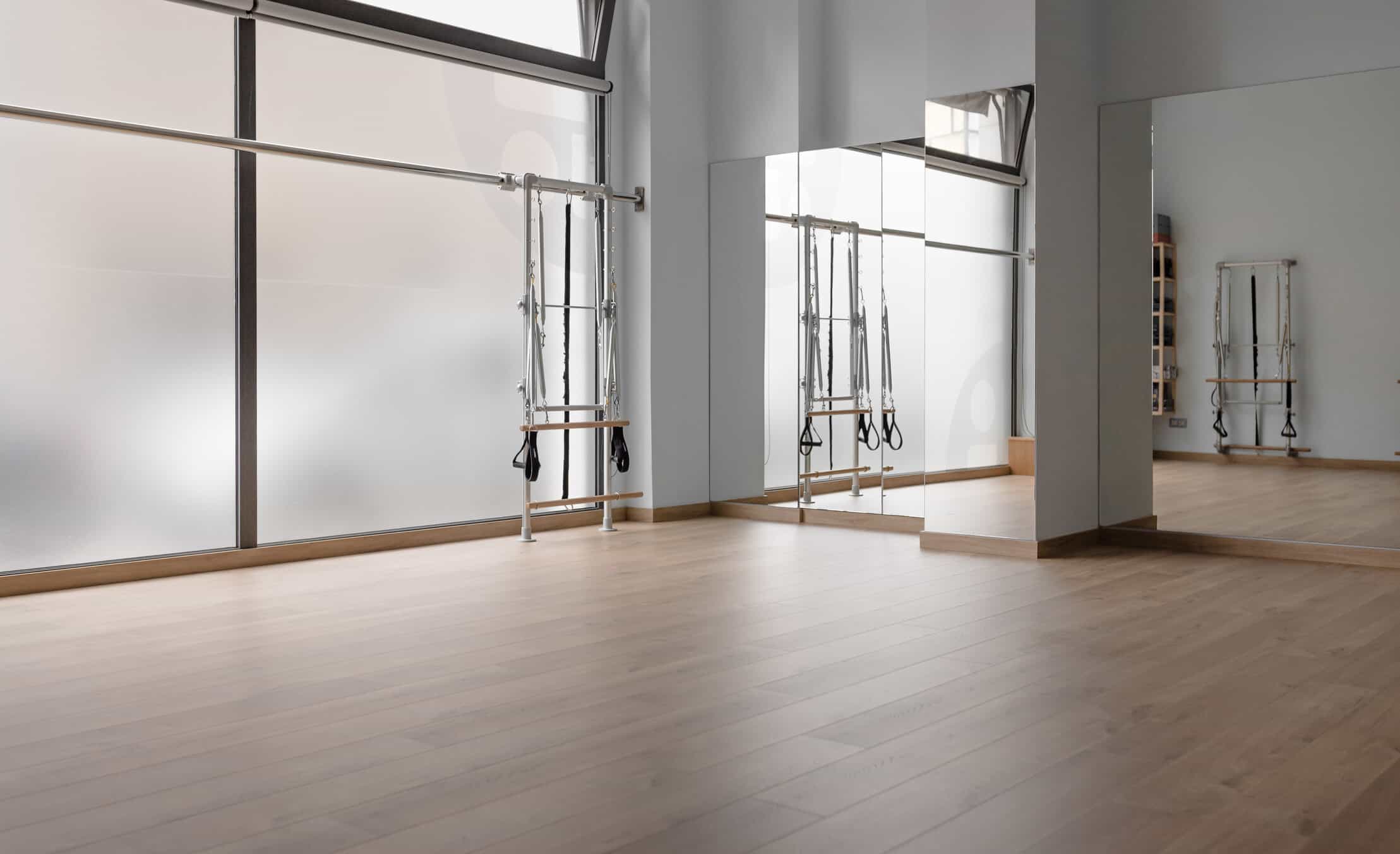Thinking of refreshing your walls but not sure how many coats will give you the perfect look? It’s a common question for homeowners in Henderson, NV, who want a polished finish without wasting time or paint.
How many coats of paint for wall does it actually take to get a smooth, lasting finish?
Does that number really make a difference?
It’s often the layering that transforms a room from looking “just okay” to truly professional. This guide will walk you through what you need to know about choosing the right paint, using the ideal number of coats, and ensuring results that last.
Key Takeaways:
- Find out how many coats of paint for wall give a polished, lasting look.
- See how room type, primer, and paint quality can affect coat count.
- Get tips for pro results, from choosing finishes to drying time.
How Many Coats of Paint for Wall? The General Rule
Most walls need at least two coats to get that flawless, rich finish. This second coat adds depth, durability, and color vibrancy that a single layer can’t achieve. Here’s what to consider:
Types of Interior Paint
Choosing high-quality interior paint can make your job easier and reduce the number of coats needed. Quality paint usually covers well with just two coats, while budget options may require more layers for the same even look. In high-traffic areas like hallways or living rooms, investing in top-notch paint is worth it, as it helps the finish last and keeps it looking fresh.
Wall Condition
Is the wall newly installed drywall, an older surface, or one that’s been patched? For new drywall, it’s best to apply two coats of primer, followed by two coats of paint for complete coverage. For previously painted walls, one coat of primer (especially if changing colors) and two coats of paint usually work well. Rough or porous walls may need an additional coat to achieve a smooth finish.
Paint Color
Color is a big factor in determining coat count. Dark colors, like navy or charcoal, often need more coats to reach full opacity, while vibrant shades like red or teal might also benefit from an extra layer. Lighter or neutral shades tend to cover well with two coats, but it’s smart to check after the second coat to ensure a smooth and even appearance.
How Room Type Affects the Number of Coats Needed
Curious about how many coats of paint for wall are needed in different rooms? The type of room can influence how many coats you’ll need for a polished, professional result:
- Hallways and Entryways: These high-traffic areas benefit from a durable finish. While two coats often suffice, adding a third can offer extra protection, especially if the walls are frequently scuffed by people passing through.
- Living Rooms and Bedrooms: For these rooms, two coats of good-quality paint are generally enough. Since they don’t face high humidity or wear, they don’t need the same level of durability as kitchens or bathrooms.
- Bathrooms and Kitchens: These rooms handle a lot of moisture and heat, so choosing a moisture-resistant paint is essential. Two solid coats will help protect the paint from steam, spills, and daily activity.
The Role of Primer in Coat Count
Primer is crucial if you’re aiming for a smooth, even finish, especially when covering dark or intense colors. Typically, one coat of primer followed by two coats of paint does the job. Primer helps the paint adhere better and gives you a longer-lasting finish. It’s particularly helpful when covering stains or making a significant color change. Using primer can make a noticeable difference in how your walls look.
Choosing the Right Paint Finish to Reduce Coats
The paint finish you choose can impact how many coats of paint for wall you’ll need and how well it will stand up to daily wear and tear. Here’s a quick guide to popular finishes before you start your interior painting project:
- Flat or Matte Finish: This finish is great for hiding wall imperfections, making it a popular choice for low-traffic rooms like bedrooms where you want a soft, non-reflective look. However, because flat finishes can be prone to scuffs and marks, they may need more frequent touch-ups in busy areas.
- Satin Finish: With a subtle sheen, satin is both durable and easy to clean, making it an ideal choice for high-traffic spaces like kitchens and bathrooms. It’s resistant to moisture and wear, and it typically provides good coverage with just two coats, delivering a lasting finish that holds up well over time.
- Eggshell Finish: Offering a slight gloss, eggshell strikes a nice balance between flat and satin finishes. It resists scuffs and scratches, making it perfect for rooms that need a little extra durability, like living rooms or dining rooms. This finish often achieves solid coverage with two coats, providing a polished, low-maintenance look.
Pro Tips for a Successful Interior Paint Project
At Norse Painting, here’s our approach to ensure your walls look their best and that your paint job stands the test of time:
- Choose Quality Paint for High-Use Areas: Quality paint covers better, needs fewer coats, and lasts longer. We use high-quality paints in busy areas to give you a finish that looks fresh and vibrant for years.
- Apply Thin, Even Coats: Thick coats can lead to drips and take longer to dry. We apply thin, even coats to achieve a smooth, professional look, using less paint overall and keeping the walls looking crisp.
- Let Each Coat Dry Fully: Allowing each layer to dry fully is essential for a streak-free finish. Rushing between coats can lead to streaks and uneven spots, so we make sure each coat has adequate drying time.
- Use Quality Brushes and Rollers: The right tools ensure even coverage, saving time and reducing the need for touch-ups. Quality brushes and rollers provide a smooth, professional finish.
If you’re in North Las Vegas, Las Vegas, or nearby areas, our team is ready to help with your paint project from start to finish. We know that quality and attention to detail make all the difference, whether you’re updating one room or the entire home.
Final Thoughts
So, how many coats of paint for wall should you plan for? Knowing how many coats to apply for a beautifully finished room is just as important as choosing the right paint color. A little planning goes a long way—like opting for high-quality paint, picking the best finish, and prepping with primer—so you get a polished look that stays fresh. Most rooms look great with two coats, but that can vary depending on the room’s purpose, wall condition, and color choice.
Getting the coat count right means your paint job will look great today and stay durable over time. Fewer touch-ups, a lasting finish, and a look that makes your walls stand out—that’s what you can expect when it’s done right. Ready to bring this level of quality to your walls? We’re here to make it happen!
Call us at 725-217-5377 for a FREE estimate, and let’s make your space look incredible with a beautiful, long-lasting finish!



